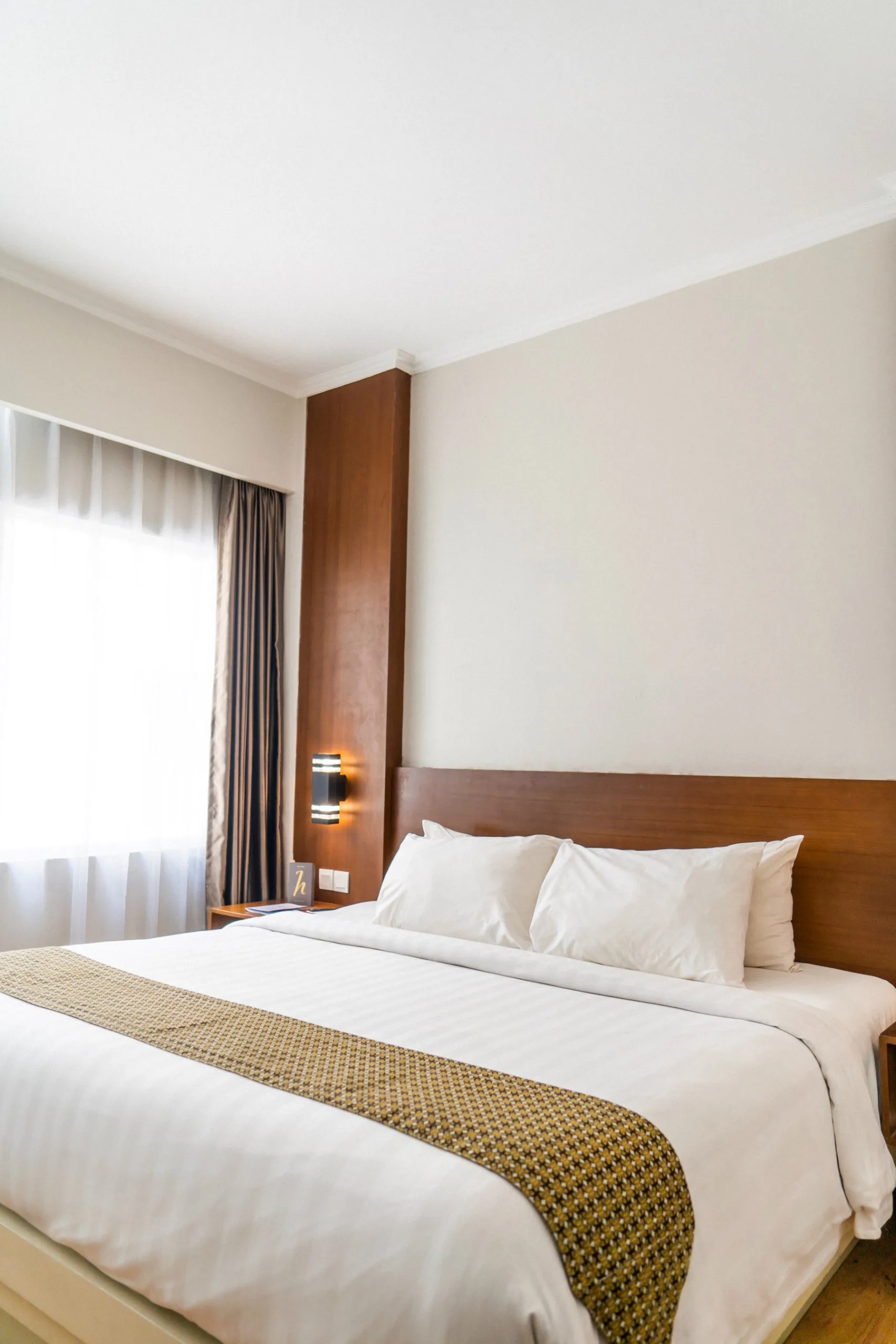4 minute read
There’s a longstanding debate in the realm of home textiles: when it comes to picking bed linen, is it all about the thread count? While some swear by the luxurious feel of high thread count sheets, others argue that there’s more to quality linen than just numbers. Let’s unravel the truth behind thread counts and determine whether it’s quality over quantity that truly matters.
Thread Count Basics
First, it’s important to understand what thread count actually means. In simple terms, thread count refers to the number of threads woven together in a square inch of fabric. This includes both the horizontal (weft) and vertical (warp) threads. For years, consumers have been under the impression that a higher thread count equates to a more luxurious and durable luxury bed linen. On paper, it sounds logical: more threads should mean a tighter weave and therefore a softer feel, right?
The Thread Count Illusion
However, the truth is a bit more complex. There’s a point at which adding more threads doesn’t significantly increase softness or durability. In fact, manufacturers have been known to artificially inflate thread counts by counting not just each thread, but the individual plies spun together to make each thread. This can give an inflated number that doesn’t necessarily mean better quality. For instance, a 1000 thread count sheet could be made from lower quality, multi-ply yarns, but feel less soft than a genuine 300 single-ply thread count sheet.
Factors Beyond Thread Count
Beyond thread count, there are several other factors that influence the quality, feel, and durability of bed linen:
Fiber Quality
The type of cotton or material used can significantly affect the feel of the sheets. Long-staple cotton like Egyptian or Pima cotton is often softer and more durable than short-staple cotton.
Weave
The way threads are woven together can change the feel and look of the sheets. Percale is a crisp, matte weave, while sateen has a silky, lustrous finish.
Finish
Chemical treatments can make sheets wrinkle-free or softer initially, but these effects can diminish over time, and some treatments might even harm the environment.
Origin
Where and how the linen is made also matters. Craftsmanship, ethical labor practices, and sustainable methods can affect the quality and cost of your sheets.
Quality Over Quantity
For most consumers, aiming for a thread count between 200 and 400 is a good balance of comfort and value. Within this range, you’re more likely to find sheets that are soft, breathable, and durable without breaking the bank. Moreover, by considering the type of cotton, the weave, and the finish, you can tailor your choices to your personal preferences and sleep needs.
To truly ensure you’re buying quality bed linen, do a touch test. Feel the fabric for yourself. High-quality sheets should feel soft and substantial, but not overly thick or slick. Checking reviews and doing some research on the brand’s reputation can also guide your decision-making.
It’s also worth noting the environmental implications of your bed linen choices. High thread counts can sometimes mean more resources are used in production, leading to a larger carbon footprint. By choosing organic cotton or sustainably-produced linens, not only do you ensure a healthier sleep environment for yourself, but you also contribute to the well-being of our planet. Quality extends beyond the feel and durability of the sheets; it encompasses the ethical and ecological footprint of its production. As consumers, our choices can make a world of difference.
Conclusion
Thread count, while an easy metric to lean on, is just one part of the story when deciding the perfect bed linen. More than chasing after a high number, it’s crucial to look at the bigger picture, prioritizing genuine quality over mere quantity. Beyond the metrics and environmental considerations, your bed is a deeply personal space, a haven of rest and rejuvenation. When selecting bed linen, consider what brings you comfort and aligns with your aesthetic tastes.
By being an informed consumer and understanding the nuances behind what makes for great linen, you can enjoy a more restful, comfortable, and luxurious night’s sleep. After all, isn’t that what we all want at the end of the day?






